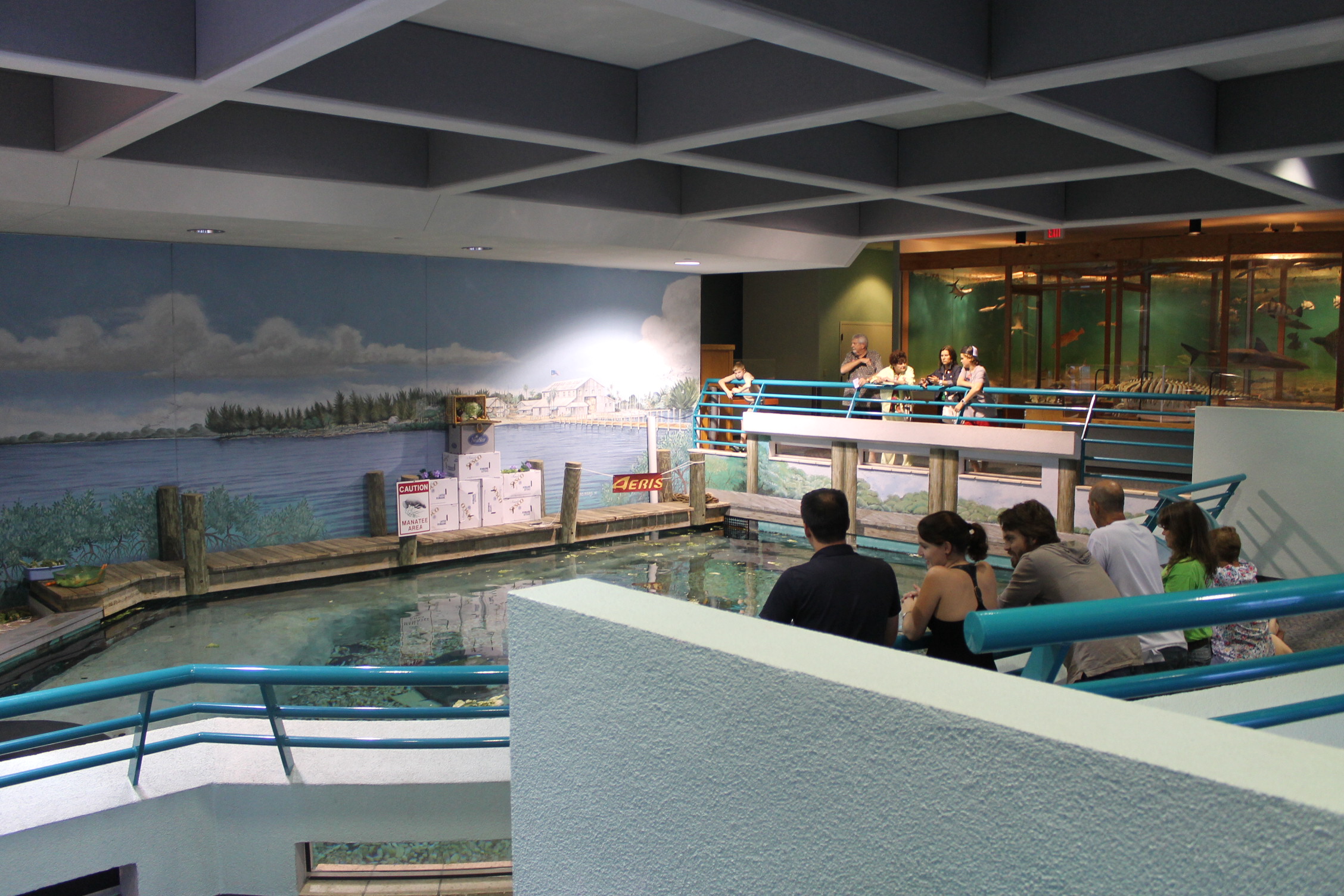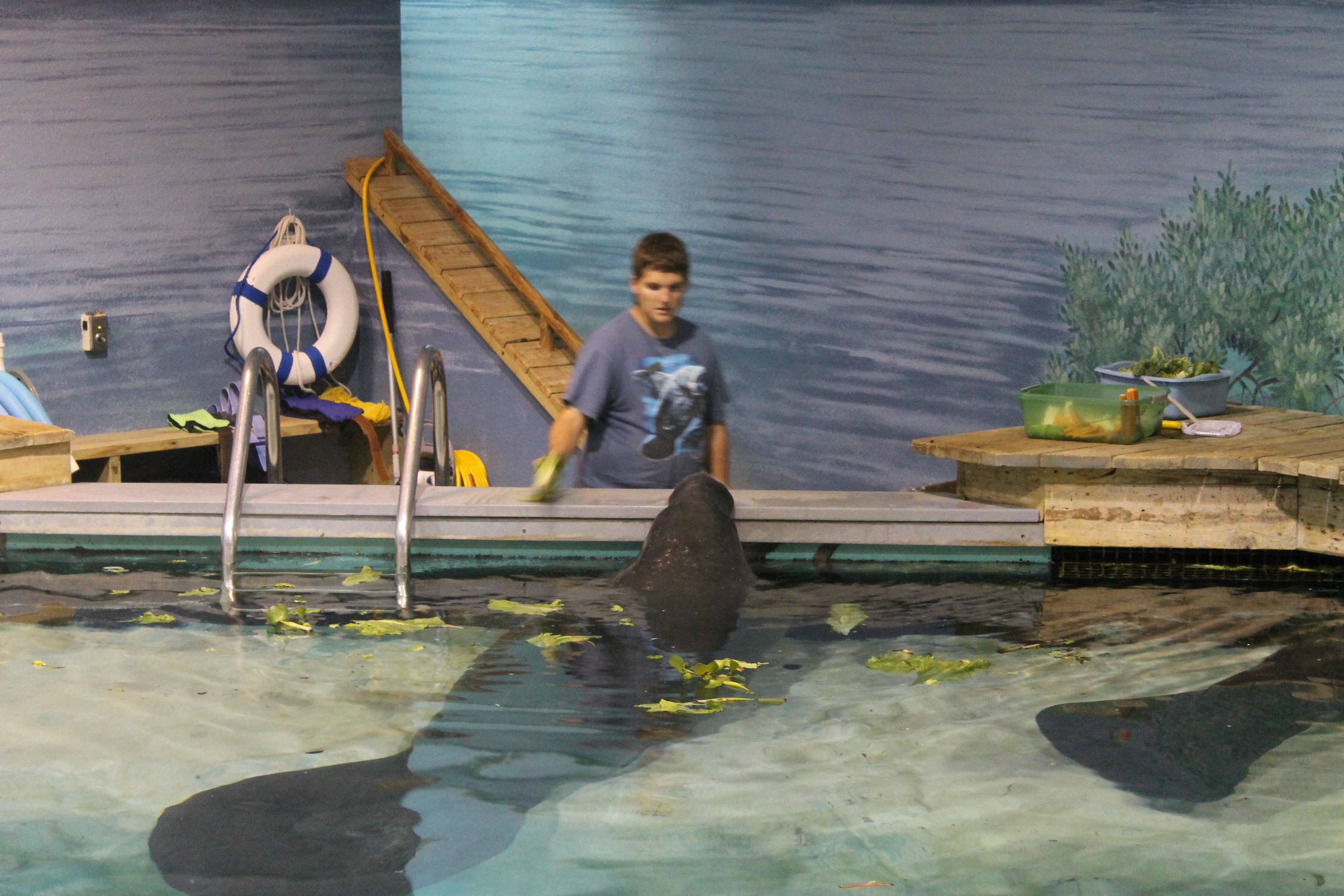 A while back, I posited (and yes, I've recently been watching a lot of Fringe) the future of science based institutions is a re-integration of the currently separated disciplines into a 'one-stop shop' of education and recreation. Here, guests will learn holistically about an ecosystem or geographical place in a fully immersive and hands-on atmosphere. I pointed to a small institution, Durham Museum of Life and Science, as an example. Today, I add another small institution to the list: Bradenton's South Florida Museum.
A while back, I posited (and yes, I've recently been watching a lot of Fringe) the future of science based institutions is a re-integration of the currently separated disciplines into a 'one-stop shop' of education and recreation. Here, guests will learn holistically about an ecosystem or geographical place in a fully immersive and hands-on atmosphere. I pointed to a small institution, Durham Museum of Life and Science, as an example. Today, I add another small institution to the list: Bradenton's South Florida Museum.
This institution focuses specifically on Bradenton and the greater Manatee County area, looking at its natural (all the way back to the early Cenozoic era--65 million years ago) and cultural history. The Museum is broken into essentially three distinct sections (to me): the planetarium, the museum, and the aquarium.
Bishop Planetarium is simply that--a traditional planetarium with 3-4 shows daily.
The museum houses an array of exhibit halls with interesting artifacts and dioramas including a Mastodon skeleton, Megalodon's jaws, pottery and arrow heads, gynecological instruments (yes, its true!), antique cameras, and a Model T. Believe me, it all makes sense when you visit.
Finally, the Parker aquarium is famously home to the world's oldest manatee, Snooty, and not much else. Of course, for me, Snooty was the draw. I was skeptical of a manatee aquarium with underwater viewing from an outdoor corridor along a space called the Spanish Plaza (which prominently features a statue of local hero, Hernando DeSoto, upon his steed), but the tank was crystal clear and nicely designed. Because of the proximity to the plaza, the viewing windows did have some glare, but the Museum minimized this with tasteful shade curtains.
On the upper level, guests can watch the manatees munch on lettuce and maybe catch one of the four daily aquarist talks. During these, Snooty shows off by nearly crawling out of the tank for a piece of sweet potato or carrot. He's lived his entire life in captivity and seems quite pleased to be hand-fed. In fact, his keeper explained, he will only eat food from the keepers--he refuses to graze in the tank like his cohorts.
Currently, Snooty shares his home with two male adolescents who are temporarily housed at the Museum. Both are rescue animals and have very limited interaction with the aquarium staff whose intent is to return them to the wild once they reach their optimum weight of 800 pounds. Each boy has about 100 pounds more to gain.
The manatee exhibit is themed as a marina, complete with docks and a mural. Its nothing special, but better than expected, and it seems the animals have plenty of space and choice--an off-exhibit pool is accessible to them.
Beyond the manatees, the aquarium literally has four small home-sized tanks with both fresh and saltwater critters. One tank is open topped and overflows to a lower tank with limited touch opportunities with sea stars and urchins. Additionally, there is a large and quite beautiful diorama with a hammerhead shark, fish, a mother manatee and her baby.
The Museum is at least an hour's experience without the planetarium show. I did enjoy my visit, and could see myself returning to explore more of the local history. The Museum is filled with information on lots of well designed interpretive panel found throughout. One day, when I'm looking for a good read on Bradenton, I'll be sure to come back. And Snooty, at 64, is still pretty cute.
South Florida Museum has plans for expansion in the coming years, and are gearing up for a capital campaign. Follow us for updates!


































